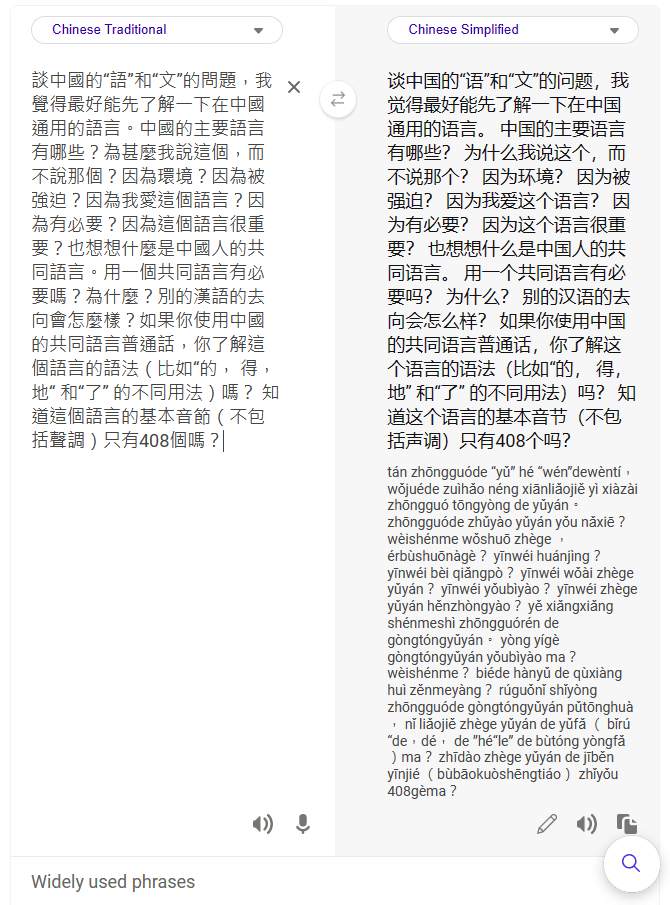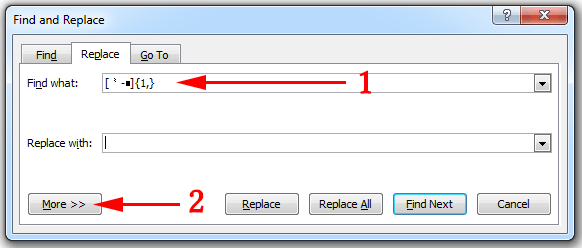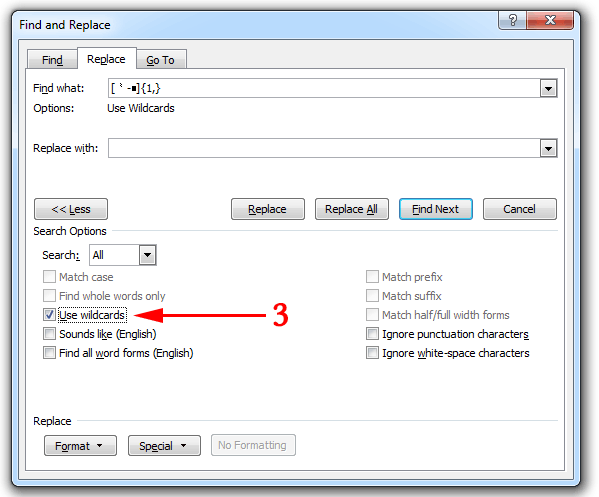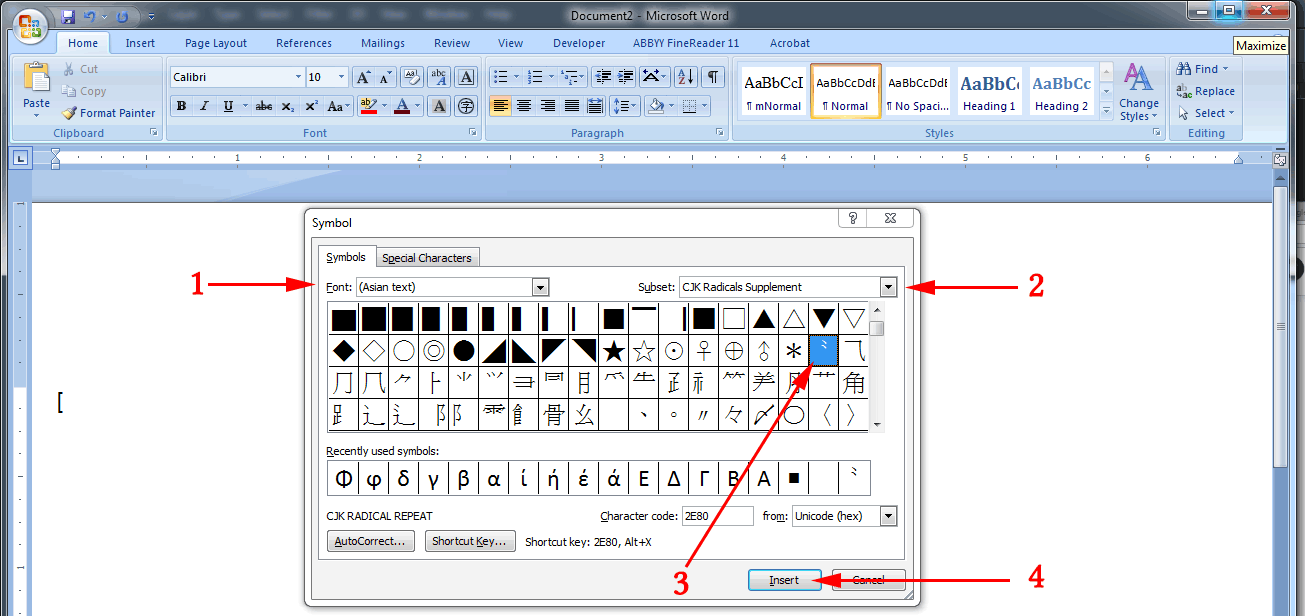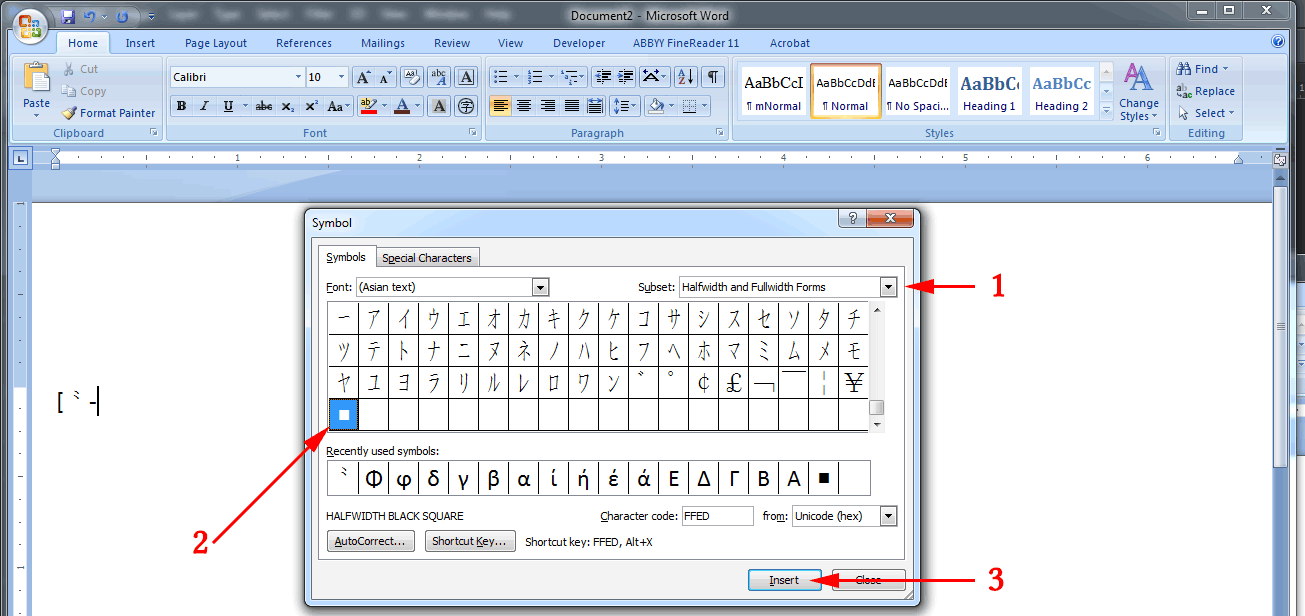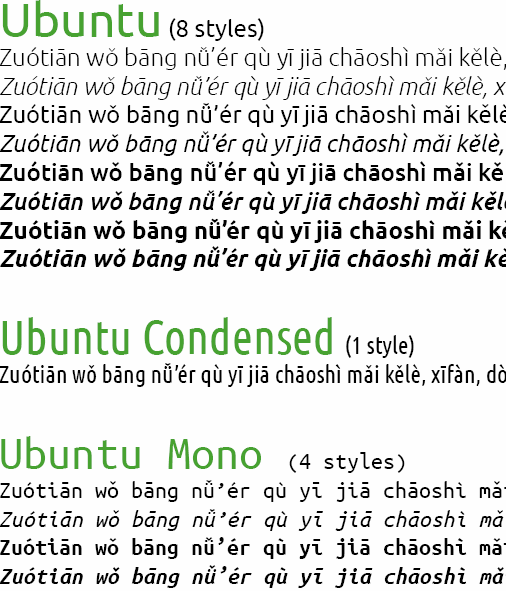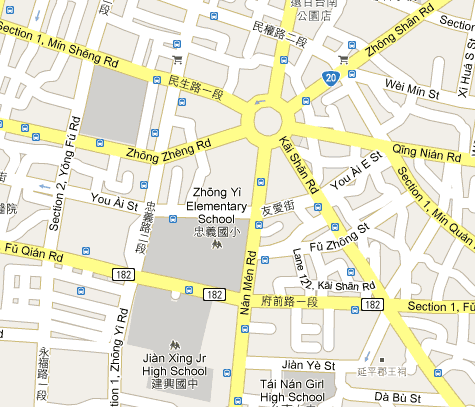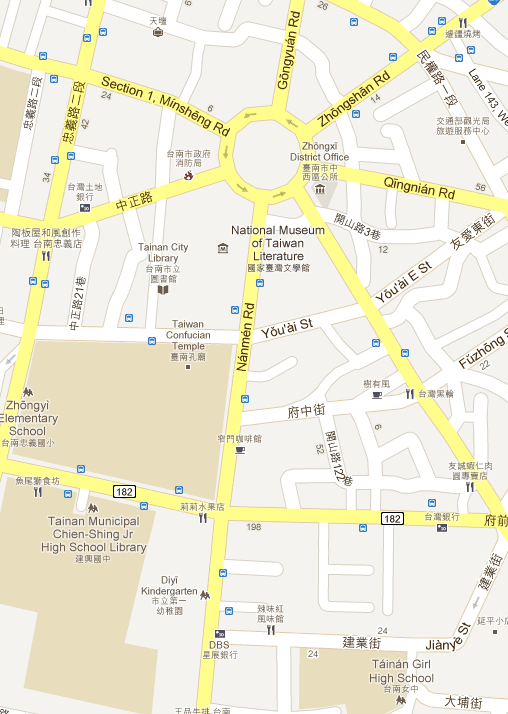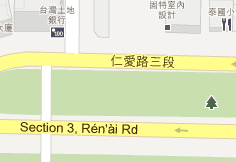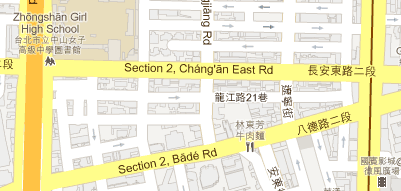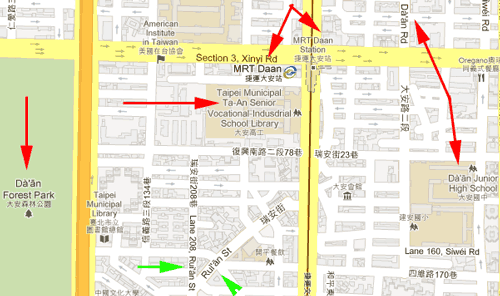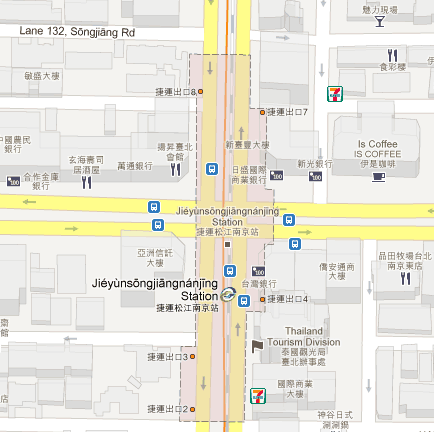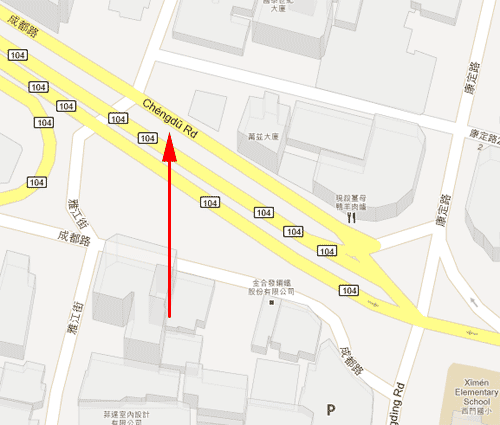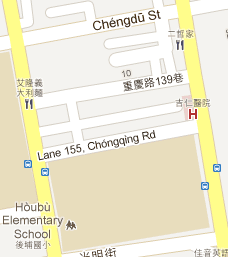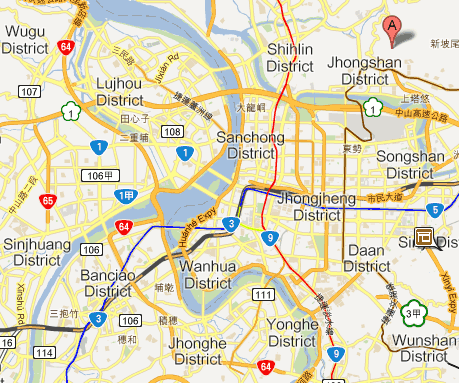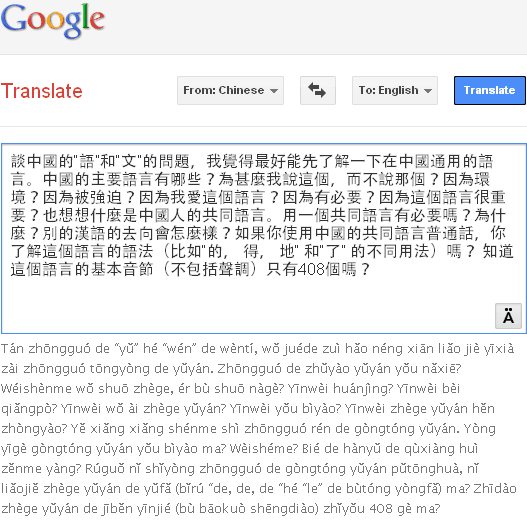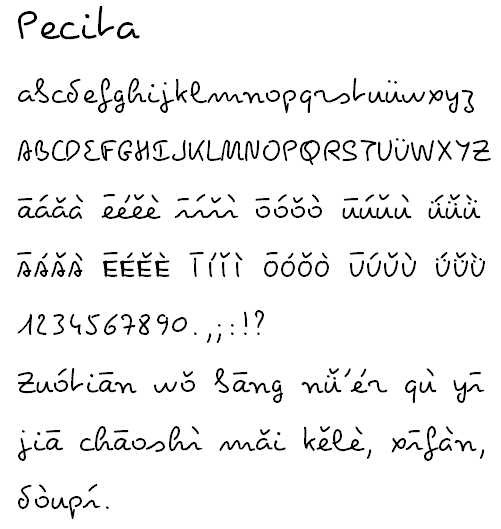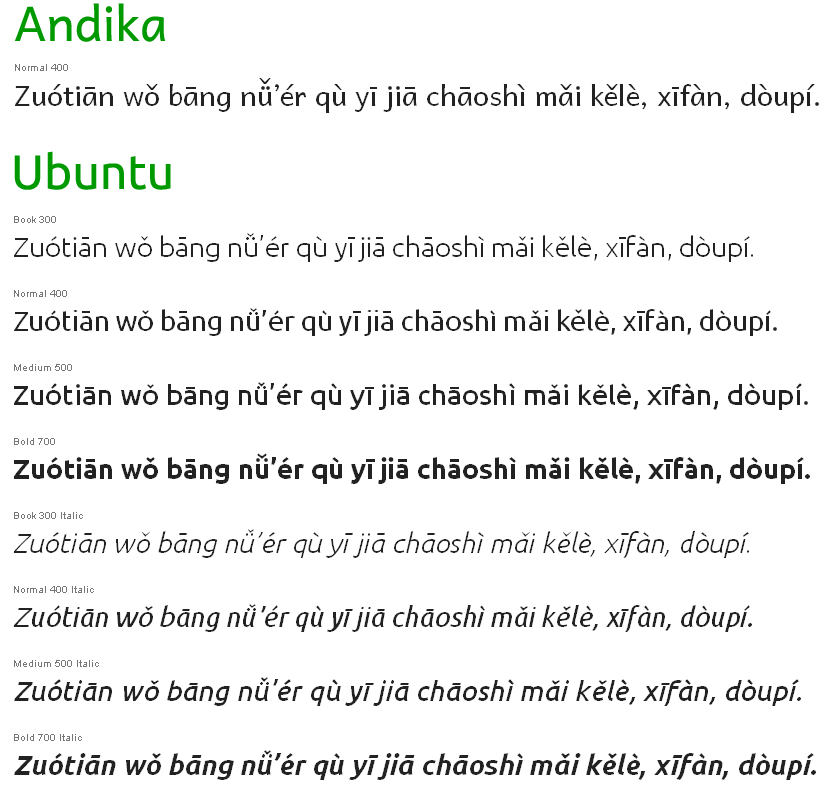I asked ChatGPT to “write a poem in Mandarin using Pinyin.”
Its first response took the form of a sonnet:
xīwàng yǒu yīgè xiǎng zhù de dìfāng.
yīgè rén zài huáshān shàng,
tā de mèng yǒu tèbié de chàng.
zài fēngláng zhī xiàn,
tā yòng bàozhǐ zhànwàng huāliàn.
yǒngqì bǎ dōngfēng zài shǒu,
zài yùndòng zhōng fàng sīwáng zhī hòu.
mèngzhōng yǒu tài duō de jìhuà,
yǒnggǎn bǎ tāmen dōu chéngshí huà.
yǒngyuan bùyào bèi shìjiè suǒ bǎozhòng,
zhǐyào huílái bùwàng jiùshì yīzhǒng.
qīngchūn yǒu tài duō de mèngxiǎng,
wǒmen yīqǐ xiǎng zhù zhè yīqiè de dìfāng.
That one won’t win any prizes, but the result was still much better than the one produced when I asked ChatGPT to make another:
Chūn fēng yè sè, ruò dàng huā kāi.
Dōu shì shuāng shǒu, shuāng shǒu yī,
Xīn lián xīn shì, shuāng xīn xī.
Qīng sè yǔ tiān, yǔ zhuǎn yǔ duō,
Cǎo yuǎn shān jǐn, dōu xīng huā tuō.
Yuè liàng guāng míng, míng yǔ ruò,
Qíng qíng yǔ hǎo, yǔ zhōng yǔ.
Shēn tián yǔ sǎng, qíng hǎo yǔ,
Liàng yǔ fēn fēn, shǎn chéng yǔ.
Qīng chuān huáng hé, yǔ yíng cháo,
Chūn sè xīn róu, xìng fú mǎo.
Wēn huā yǔ chūn, yǔ xǐ xīn,
Sān yuán sì jì, yǔ zhōng shuāng.
Chūn tiān xìng fú, zhuǎn yǔ shuāng,
Qíng huā yǔ jīng, yǔ yīng huáng.
That opaque mo no syl la bic mess is infected by the spirit of Literary Sinitic, which Pinyin isn’t designed to handle.
I’m hopeful that ChatGPT will get trained properly on the rules of Hanyu Pinyin — both the short-form rules of Pinyin and the longer (and superior) work of Yin Binyong — and so will be able to produce proper Pinyin. But maybe wǒ yǒu tài duō de mèngxiǎng.
As one of my heroes, Hu Shih, wrote one hundred years ago,
zhèngrú wǒ bùnéng zuò nǐ de mèng
(你不能做我的詩,
正如我不能做你的夢)
NB: I should probably remind everyone, should you wish to include Chinese characters or Pinyin with tone marks in a comment, be sure to encode them first or they’ll end up scrambled here. (Not my fault. Sorry.)

